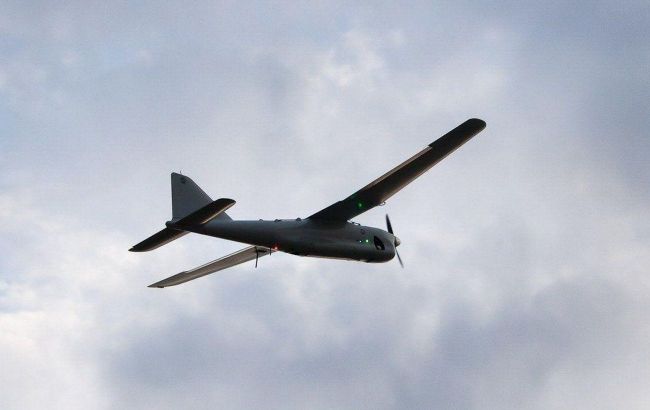Russia no longer safe: Ukrainian drones changed geography of war
 Photo: Ukrainian drones have changed the geography of the war (Getty Images)
Photo: Ukrainian drones have changed the geography of the war (Getty Images)
Ukrainian drones can now reach targets up to 1,000 kilometers away, significantly altering the geography of the war. The drones are assembled in secret rural locations at night and launched almost silently, according to Euronews.
Since summer 2025, Ukraine has intensified its drone strike campaign against strategic Russian targets.
Secret launches in rural Ukraine
Long-range drones built in underground Ukrainian workshops have struck a series of Russian oil refineries, fuel depots, and military logistics centers, weakening the energy infrastructure and forcing Moscow to impose fuel supply restrictions.
In secret locations in western Ukraine, under the cover of darkness, columns of attack drones are prepared, taking off from improvised runways and heading deep into Russian territory.
A commander with the callsign Fidel, who leads one of the operations, said the flight range of Ukrainian drones has doubled over the past year.
"Instead of flying 500 kilometers, now they fly 1,000. We aim to achieve the best result. For us, this is a sacred mission," he said.
Among the main models is the drone Lyutyi, which has become a symbol of Ukrainian night attacks. Its simple design allows rapid assembly and adaptation for specific tasks.
The cost of a single drone is currently about $55,000, which is tens of times cheaper than the air defense systems Russia uses to try to shoot them down.
Objective of strikes – weakening Russian logistics
Western analysts state that attacks on Russia’s energy infrastructure have so far had a serious but not devastating impact.
Ukrainian drones have repeatedly hit 16 major Russian refineries, representing about 38% of the country’s nominal refining capacity, according to a recent Carnegie Foundation review.
However, the actual impact has been much more limited: most refineries resumed operations within a few weeks, and Russian oil production was restricted primarily by downtime and existing fuel surpluses.
Deep strikes have given Kyiv the initiative at a crucial moment. The United States and Europe are intensifying sanctions against Russia’s oil industry, even though Ukraine’s request for long-range American Tomahawk missiles remains unanswered.
Ukrainian President Volodymyr Zelenskyy states that Ukraine’s enhanced long-range strike capabilities inflict real damage, compelling the Kremlin to import fuel and restrict its exports.
In his view, Russians have already lost up to 20% of their gasoline supply—directly as a result of Ukrainian strikes.
Recent Ukrainian drone strikes in Russia
On the night of November 3, 2025, Ukrainian Defense Forces attacked the Saratov Oil Refinery in Russia’s Saratov region. The strike hit the facility and caused a fire near the refinery installations.
Earlier, drones targeted energy facilities in three other Russian regions.
Recently, SBU head Vasyl Malyuk reported that Ukraine has conducted over 160 strikes on refineries and other targets deep inside Russia.

